How to Make Money From Your Old Tech
Many of us have old gadgets that we no longer use and are just gathering dust. These include mobile phones, tablets, laptops, cameras, games consoles, and even desktop computers. They may still work, but we have replaced them with new and (hopefully) better products.
There is a natural tendency to hang on to the old products for a while, just in case we need a backup if our shiny new replacements fail. Modern brands are generally very reliable, however. And once you have established that a new product isn’t faulty, there isn’t really much reason to hang on to the old one – certainly not for months or years on end.
You might think the only thing to do with an old gadget is take it to the tip – sorry, household recycling centre. Before doing that, though, it’s worth noting that there are various ways you can make money from your old tech, even if (in some cases) it’s no longer working.
The High Street
There are various shops that will pay for old technology of all kinds. For example, CeX (who also have a website) will pay for smartphones, satnavs, cameras, speakers, headphones, laptops, games consoles, and even TVs in some cases. The device needs to be working but doesn’t have to be in its original packaging. Buy-and-sell stores like Cash Converter and Cash Generator will buy your old tech too.
eBay
Whatever the product you want to sell, the online auction house eBay is worth considering. It has a huge audience, and there will always be potential buyers looking for any item you want to dispose of.
Of course, you will have to spend a little time preparing your auction listing, taking photos, writing a description, and so on. However, eBay make this as easy as possible for sellers by showing you similar items that have sold on the site recently. This will help you prepare your own listing and assess the likely amount you may be able to get. Bear in mind that eBay does impose charges for sellers, which will reduce the amount you receive.
Facebook and Other Community Sites
Facebook local pages can be a great way of selling larger items in particular that may not be easy to post. You will need to include a photo and write a description stating the price you want. With a bit of luck someone living nearby will want the item and collect it from you for the price asked.
There are also other local community websites that may be worth trying. One I belong to myself is NextDoor. This is primarily a forum for the discussion of local news, seeking/sharing recommendations, publicizing local events, and so on. However, you can also advertise items for sale on the site. Here’s a typical example…

Specialist Sites
There are also specialist websites that want your old tech and will pay you for it. This can be a quick and hassle-free solution, with the advantage that you know exactly what price you will be getting (the sites quote a price online and it is up to you whether or not to accept this). Most will also accept products that are no longer working, though of course they will pay a lower price for them.
One such site I used recently and recommend is Cash in Your Gadgets. I sold them my seven-year-old Samsung Chromebook. The item in question was still working but by modern standards it was slow and the display wasn’t great. I went to the Cash in Your Gadgets website and spent a minute or so entering some details. I received an instant offer of £18 for the Chromebook, which I accepted.
Okay, I know £18 isn’t a fortune, but I was pleased to have the money and get the device off my hands. Cash in Your Gadgets arranged collection by courier, who arrived the next day, put the item in a box, sealed it, and gave me a receipt. A few days later I got the promised £18 in my bank account.
Cash in Your Gadgets pay for laptops, Chromebooks, Macbooks, iMacs and desktop PCs, though not smartphones or tablets. If you have one of those to dispose of, there are various other options.
One well-known site that buys phones and tablets is MusicMagpie. They also buy consoles, tablets, smartwatches, Kindle e-book readers, and more. If you use my referral link you can get an extra £5 when you sell your first product to them (and so will I) 🙂
Other options include Mazuma and Sell My Mobile. My best advice is to try these and similar sites and see who offers the best price. When I wanted to dispose of my old Samsung J5 (2016) smartphone, I was surprised by how much the offers I received varied. I was offered between £25 and £40, and naturally opted for the £40 (which happened to come from MusicMagpie).
.When using these services you will need to send the item to them in a padded envelope or a box. You will have to provide this yourself, but the postage is normally free.
Data Security
Before disposing of any item that may contain sensitive information it’s important to erase any personal data, ideally by performing a factory reset. All the specialist companies perform a data wipe on receipt anyway, but it’s clearly advisable to do this yourself as well. If you are selling privately – perhaps via eBay or Facebook – it is essential to ensure that any personal data on the device is permanently erased and can’t be restored.
I hope this article has inspired you to gather together any old tech you no longer need and turn it into useful cash. As always, if you have any comments or questions, please do leave them below.



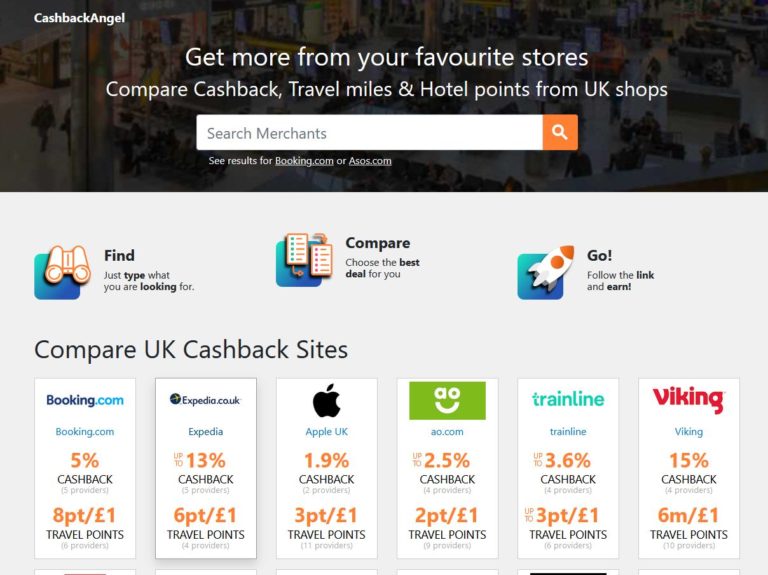
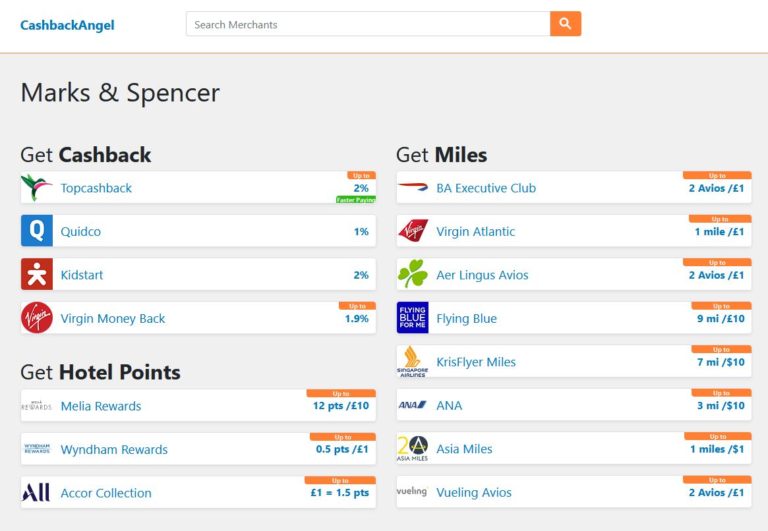

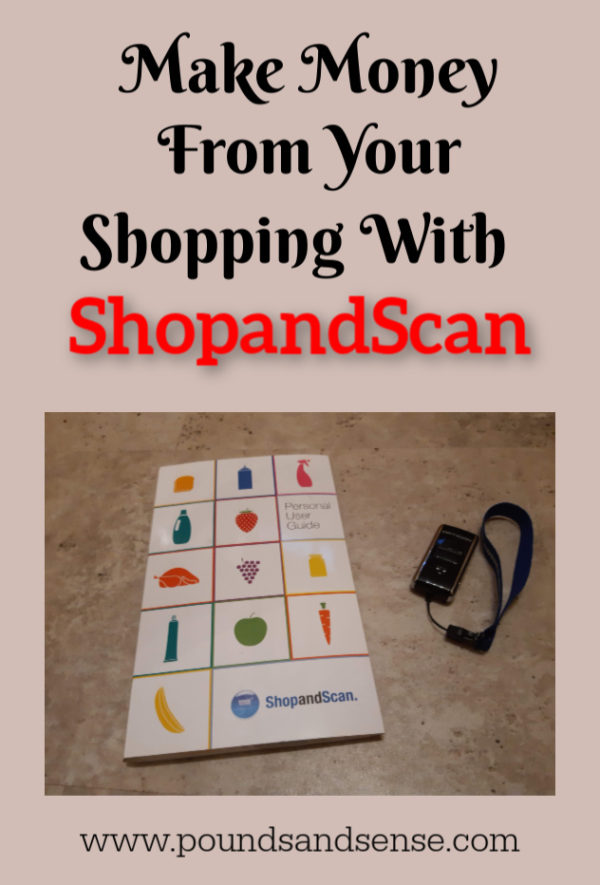






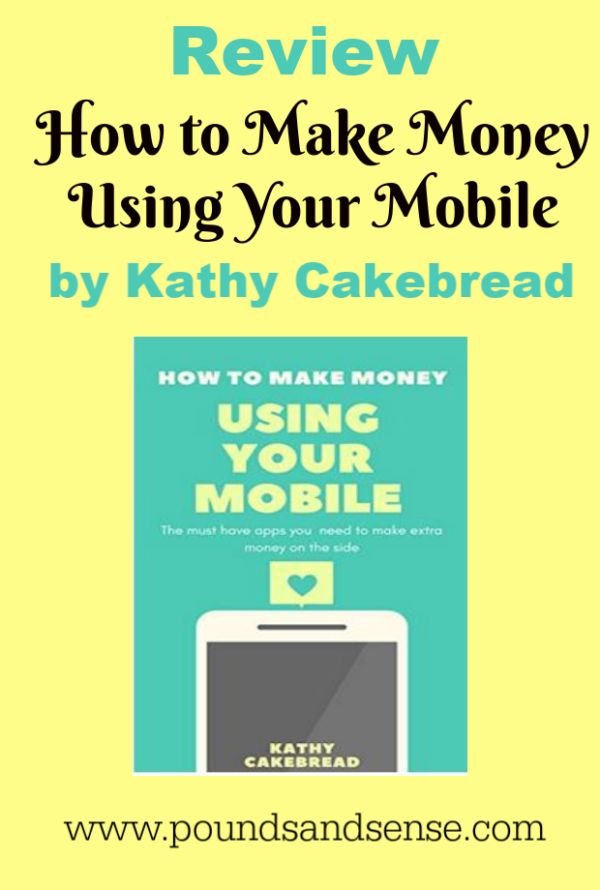
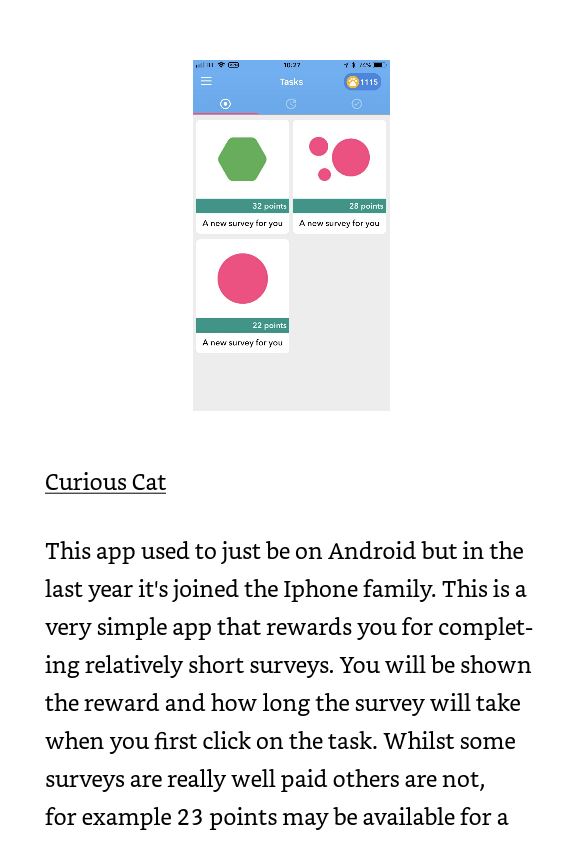
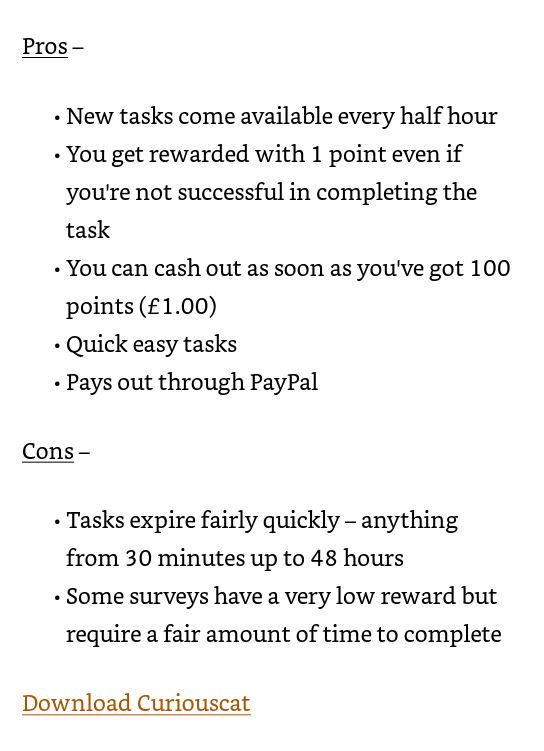 In some cases the download link takes you to the website for the app, but in others it takes you to to the Apple (iOS) App Store. It is a pity there aren’t also links to the Google Play Store for Android users (like myself). This means the book is probably best suited for iPhone users. Android users can benefit from it as well, but they may have to search for the relevant app themselves in the
In some cases the download link takes you to the website for the app, but in others it takes you to to the Apple (iOS) App Store. It is a pity there aren’t also links to the Google Play Store for Android users (like myself). This means the book is probably best suited for iPhone users. Android users can benefit from it as well, but they may have to search for the relevant app themselves in the 

